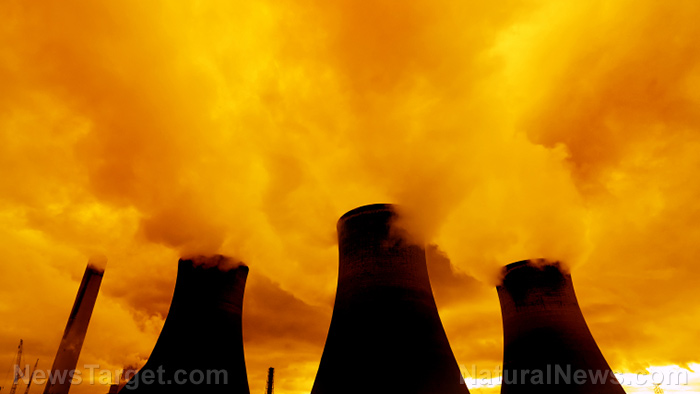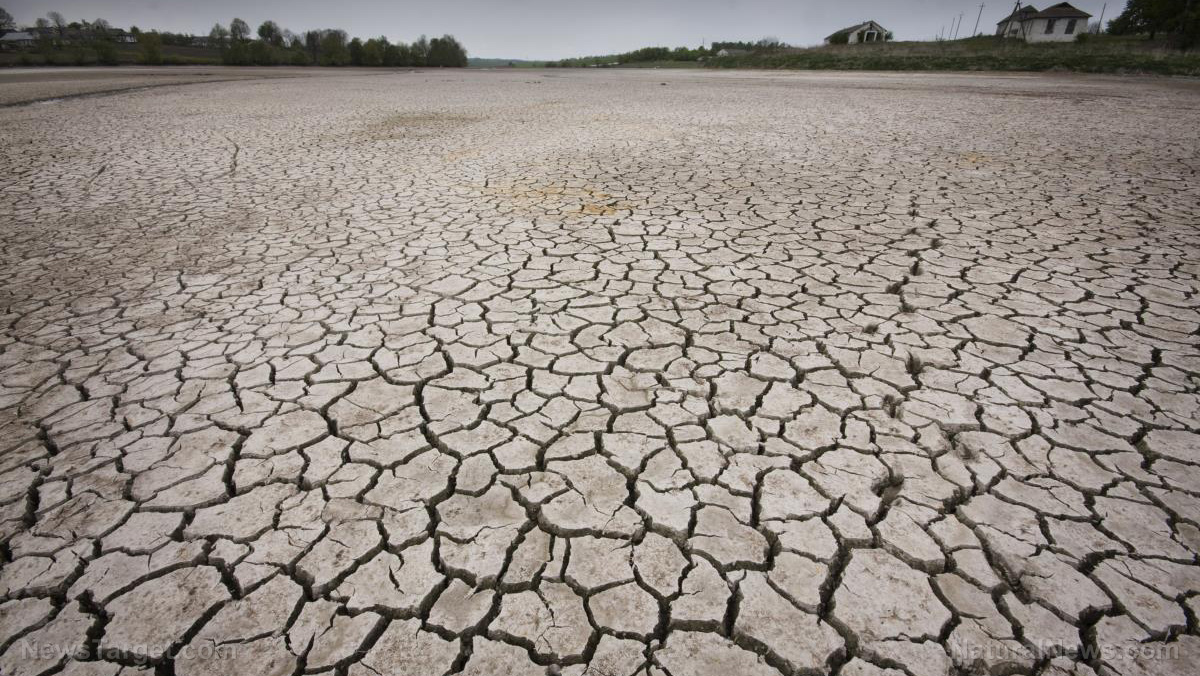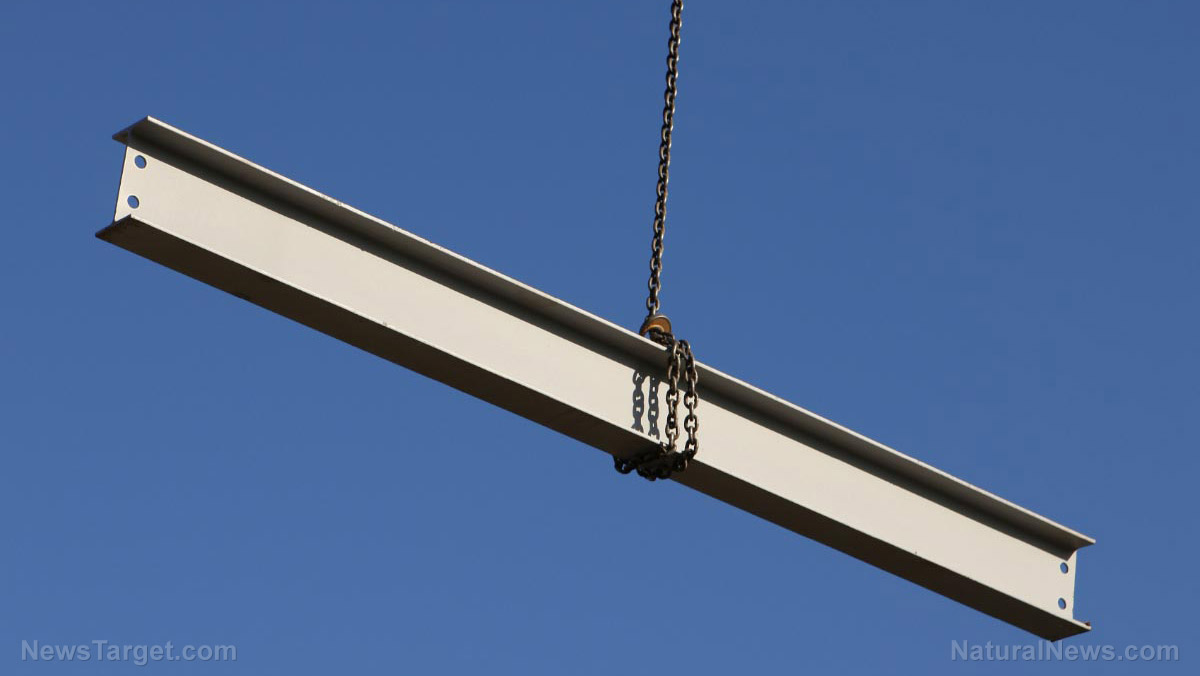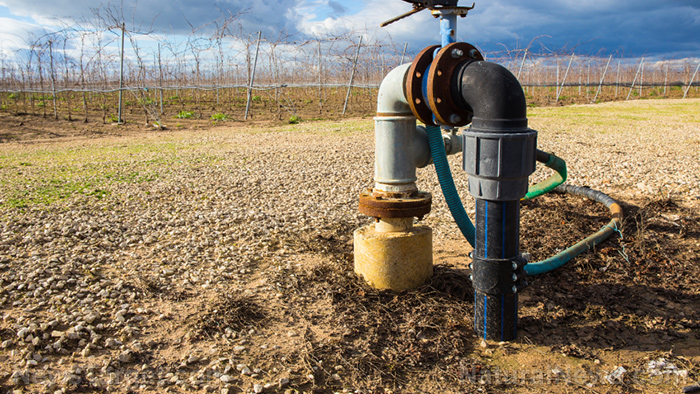Fears of radiation leak emerge amid shelling of Zaporizhzhia nuclear power plant in Ukraine
08/31/2022 / By Ramon Tomey

Back-and-forth shelling between Russia and Ukraine stoked fears of a potential nuclear disaster from Europe’s largest nuclear power plant located right in the middle of the war zone.
Igor Konashenkov, spokesman for the Russian Ministry of Defense, said on Aug. 28 that Kyiv-backed forces had attacked the Zaporizhzhia Nuclear Power Station twice over the past day. He added that shells fell near buildings that stored reactor fuel and radioactive waste.
“One projectile fell in the area of the sixth power unit, and the other five in front of the sixth unit pumping station, which provides cooling for this reactor,” Konashenkov said. In spite of these attacks, he mentioned that radiation levels remained normal.
Much of the concern centers on the cooling systems for the Zaporizhzhia plant’s nuclear reactors, which require electricity to function. If the reactor cooling systems fail, a catastrophic meltdown could occur. On Aug. 25, the nuclear power plant was temporarily knocked offline because of what officials said was fire damage to a transmission line.
Vladimir Rogov, an official for the Zaporizhzhia region, said Moscow-backed forces shot down an armed Ukrainian drone on Aug. 28. He added that the aforementioned drone, which was targeting one of the nuclear power plant’s storage sites for spent fuel, crashed onto a building’s roof and did not cause any significant damage or injuries.
Soon after the Russia-Ukraine war commenced in late February 2022, Moscow managed to take control of Zaporizhzhia – including the nuclear power plant – located along the left bank of the wide Dneiper River. Kyiv, meanwhile, controls areas on the right bank of the river.
Nuclear power company Energoatom warned of the potential risks that loom in case shelling from either side hits the plant. The state-run Energoatom operates the Zaporizhzhia facility, alongside three other nuclear power plants.
“There are risks of hydrogen leakage and sputtering of radioactive substances, and the fire hazard is high,” it said on Aug. 27.
Authorities preparing for a potential nuclear disaster
Given the potential nuclear disaster, authorities began distributing iodine tablets to residents living near the besieged plant. The tablets were given out on Aug. 26 as a first aid for radiation exposure. (Related: In preparation for nuclear war, Romania issues potassium iodide pills to citizens.)
According to the U.S. Centers for Disease Control and Prevention, iodine tablets aid in blocking the thyroid gland from absorbing nuclear radiation. “When the thyroid absorbs high levels of radioactive iodine, it can increase the risk of thyroid cancer in infants, children, and young adults many years after exposure,” the public health agency said.
Days earlier, the head of the International Atomic Energy Agency (IAEA) warned that ongoing fighting near the plant could trigger a serious nuclear disaster. “Military actions near such a large nuclear facility could lead to very serious consequences,” said IAEA Director-General Rafael Mariano Grossi.
“Based on the most recent information provided by Ukraine, IAEA experts have preliminarily assessed that there is no immediate threat to nuclear safety as a result of the shelling or other recent military actions,” he said. “However, this could change at any moment.”
Grossi’s remarks aligned with that of British intelligence, who expressed concerns about Russia’s presence in the facility.
“Russia’s intentions regarding the Zaporizhzhia nuclear power plant remain unclear. However, the actions [it has] undertaken at the facility have likely undermined the security and safety of the plant’s normal operations,” an intelligence update by the U.K. Ministry of Defense stated.
Read more stories like this at NuclearSurvival.news.
Watch this World Is One News report about Russia accusing Ukraine of shelling the Zaporizhzhia facility.
This video is from the Pedro Delacabra channel on Brighteon.com.
More related stories:
‘Another Chernobyl’: Ukrainian attacks on Zaporizhzhia Nuclear Plant risk historic disaster.
Russian envoy submits photo evidence of Ukrainian attacks on the Zaporizhzhia nuclear power plant.
Sources include:
Submit a correction >>
Tagged Under:
artillery shelling, big government, chaos, Collapse, dangerous, drone attack, iodine tablets, national security, nuclear disaster, nuclear power plant, panic, preparedness, radiation, Russia-Ukraine war, WWIII, Zaporizhzhia Nuclear Power Station
This article may contain statements that reflect the opinion of the author
RECENT NEWS & ARTICLES
COPYRIGHT © 2017 DISASTER NEWS



















